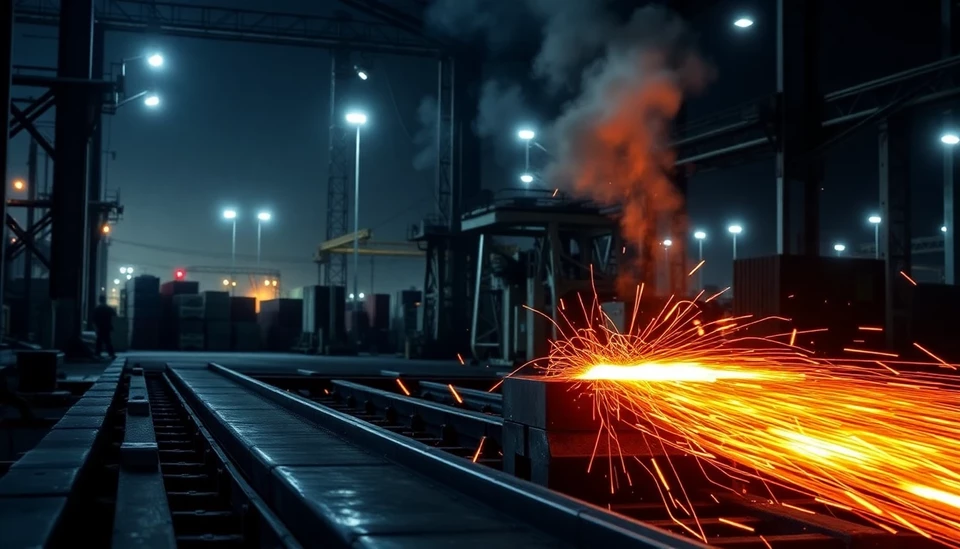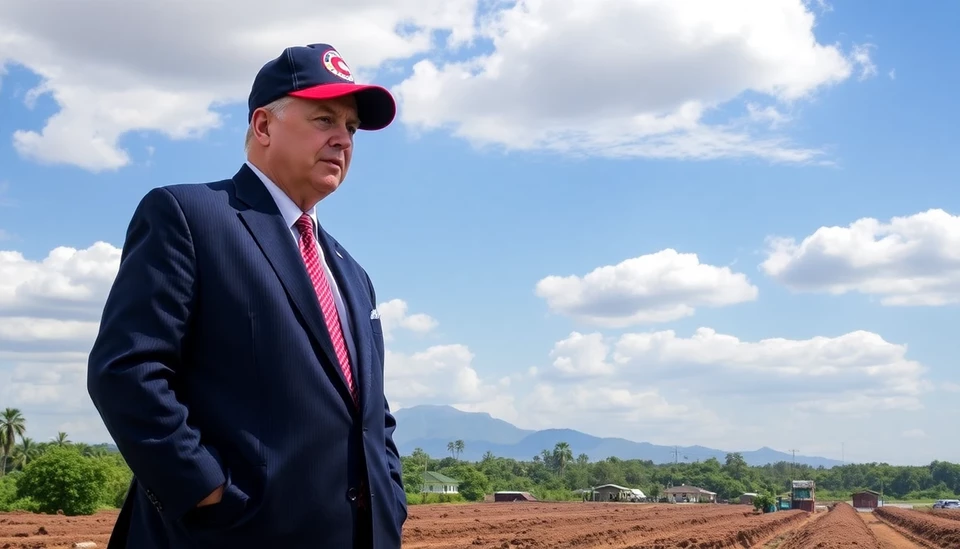
In a bold move that could shift the dynamics of the global steel industry, former President Donald Trump's administration is contemplating substantial steel tariffs aimed at protecting American manufacturers. However, these tariffs risk exacerbating an existing glut of metal in Asia, primarily affecting countries that rely on steel exports.
The proposals for tariffs, aiming to shield U.S. steel producers from foreign competition, come amidst a backdrop of fluctuating prices and overcapacity issues that are plaguing the market. Steel prices, which have historically been volatile, are currently seeing downward pressure due to excess supply, particularly in major Asian countries like China and Japan. With Trump's potential tariffs in play, Asian nations may struggle to find new markets for their steel exports, intensifying the economic challenges they already face.
Industry experts are voicing concerns about the unintended consequences of these tariffs. Analysts warn that imposing such protective measures could lead to retaliatory actions from other countries, igniting a trade war reminiscent of the tensions seen during Trump's previous term in office. A steel tariff might prompt other nations to retaliate with their own tariffs on U.S. products, harming American businesses and consumers.
Countries like South Korea and Taiwan could be particularly vulnerable, as they supply a significant amount of steel to the U.S. market. The fear is that these nations may turn to alternative markets or lower their prices, leading to a price war that could destabilize the global steel market further. The International Steel Association has echoed this sentiment, emphasizing that instead of fostering a healthier market, tariffs could lead to a more pronounced slump in steel prices worldwide.
Furthermore, the ramifications extend beyond just the steel industry. Labor markets in metal-dependent sectors may also face upheaval as companies navigate the increased costs associated with tariffs. Consumers may see higher prices as manufacturers pass the extra costs onto them, diminishing the potential benefits of the tariffs that were originally intended to protect U.S. jobs.
Trade relations will also be put to the test as every nation looks to safeguard its own economic interests. The global economic landscape is already fragile, with ongoing supply chain disruptions due to the pandemic. Any disruption in steel trade could ripple across various sectors, including construction and manufacturing, further complicating recovery efforts.
As the situation develops, stakeholders in the steel industry are watching closely. The effects of tariffs, should they be enacted, could set the stage for a new chapter in global trade relations, necessitating a recalibration of strategies for both producers and consumers in the steel market.
In conclusion, while protective tariffs intended for U.S. steel could serve a domestic purpose, experts are warning that such actions may worsen the already precarious situation in the Asian metal market. Policymakers will need to tread carefully to avoid igniting a cycle of retaliation and further complicating the global economic recovery.
#TrumpTariffs #SteelMarket #GlobalTrade #AsianEconomy #EconomicImpact #SteelIndustry #TradeWar
Author: Rachel Greene




